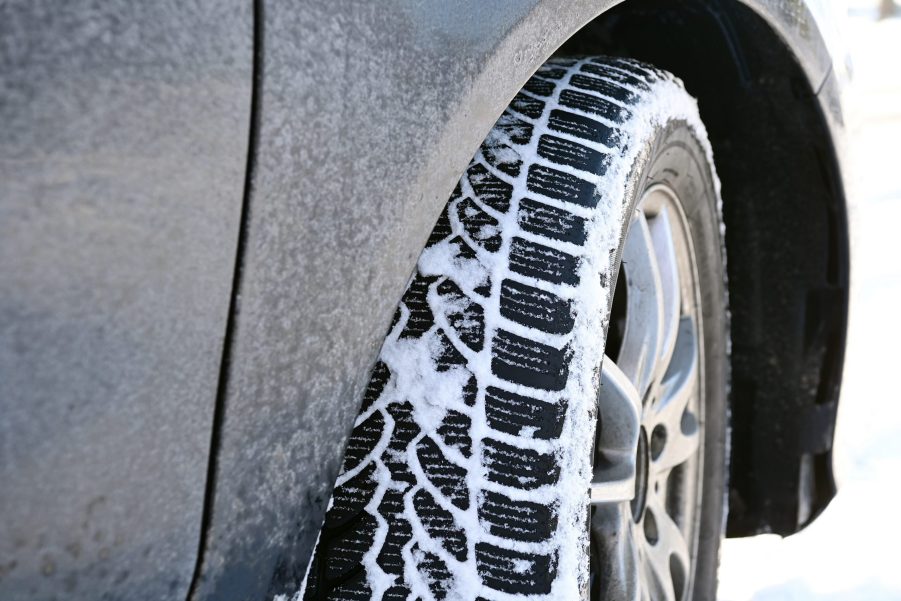
Don’t Forget to Check Your Tire Pressures Before Winter
In this article:
As winter approaches, there are a lot of things you should do to keep your car happy. In addition to picking up snow tires and having your alignment done, you should also ensure that your tires are at the right pressure. Remembering to check your tire pressure before winter is a small thing, but one that will keep you safer when the snow starts.

Why do tires lose pressure in winter?
You’ve no doubt experienced this scenario. Your tires have been fine all year, and then on the first really cold day of the year, you get a tire pressure light. That’s not a coincidence, nor a mistake. Your tire pressures often drop when temperatures cool down, and that can change the handling of your car drastically.
The reason? Simple physics. The air in your tires is denser when temperatures cool off. This causes it to contract, lowering the amount of pressure exerted outward on your tire. That translates to lower overall tire pressure, so you’ll need to add some more air to balance things out.
What are the dangers of running on low tire pressure?
Driving with low tire pressure isn’t as dangerous as, say, sudden brake failure. However, it does make your car less consistent, so if you need to make a sudden maneuver your car may react differently than you expect. Low tire pressure can also make steering feel spongy, giving you a less reliable feel for grip level and road surface. Finally, those low tire pressures will cause excessive tire wear, even with brand-new tires. Not only does this cost you money, but the excessive outside shoulder wear will lower cornering capability and can lead to hydroplaning as your tires can no longer effectively expel water.
What is the right tire pressure for snow tires?

Every vehicle is different, so you should first refer to your owner’s manual for the right tire pressure for your vehicle. In addition, snow tires may have different pressure requirements than the tires that come with your car. Because snow tires can generate more heat due to their thick, soft tread composition, some snow tires require one or two less PSI of tire pressure as a precaution.
If you aren’t sure, you can often find a tire’s recommended pressure on the sidewall, or refer to the tire shop or manufacturer for confirmation.




